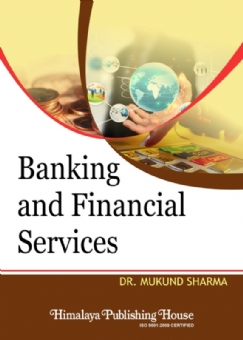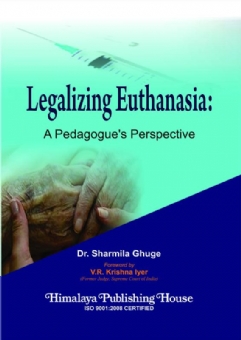A bioeconomy can contribute to sustainable yield increase, investments in agriculture, improved food and nutrition security. Bioenergy improves access to modern energy services and reduce the use of fossil fuels in particular in the transport sector. Use of sewage water to produce bioenergy and bio-based materials. More jobs and additional income – contributing to local economy, and to export value added bio-based products. Industrial technologies as growth factor for bio-based industry and stimulator of innovations. Linking rural areas to urban centers through bio-based products and bioenergy for urban consumption. Sustainable buildings with bio-based materials. Use of biomass to produce goods reduces the use of fossil-based products and related greenhouse gas (GHG) emissions. Blue bioeconomy: better use of the marine fauna (fish) and flora (algae) for high value bioproducts such as food/feed, cosmetics and bio-pharma. Enhanced value of biodiversity as a bioeconomy asset. Promote sustainable natural resources management, halt and reverse land degradation. This book describes all these aspects of sustainable development including poverty elimination technologies of beekeeping and lakh production in southeast Asia countries.
Contents –
Introduction
1. Bioenergy Security
2. Food Security
3. Bioplastics from Biomass
4. Marine Biotechnology
5. Industrial Biotechnology: “White Technology”
6. Synthetic Biology
7. Synthetic Chemicals for Sustainable Development
8. Technologies for Poverty Alleviation and Sustainable Development of Villagers
9. Impact of Social Change on Bioeconomy
10. References







